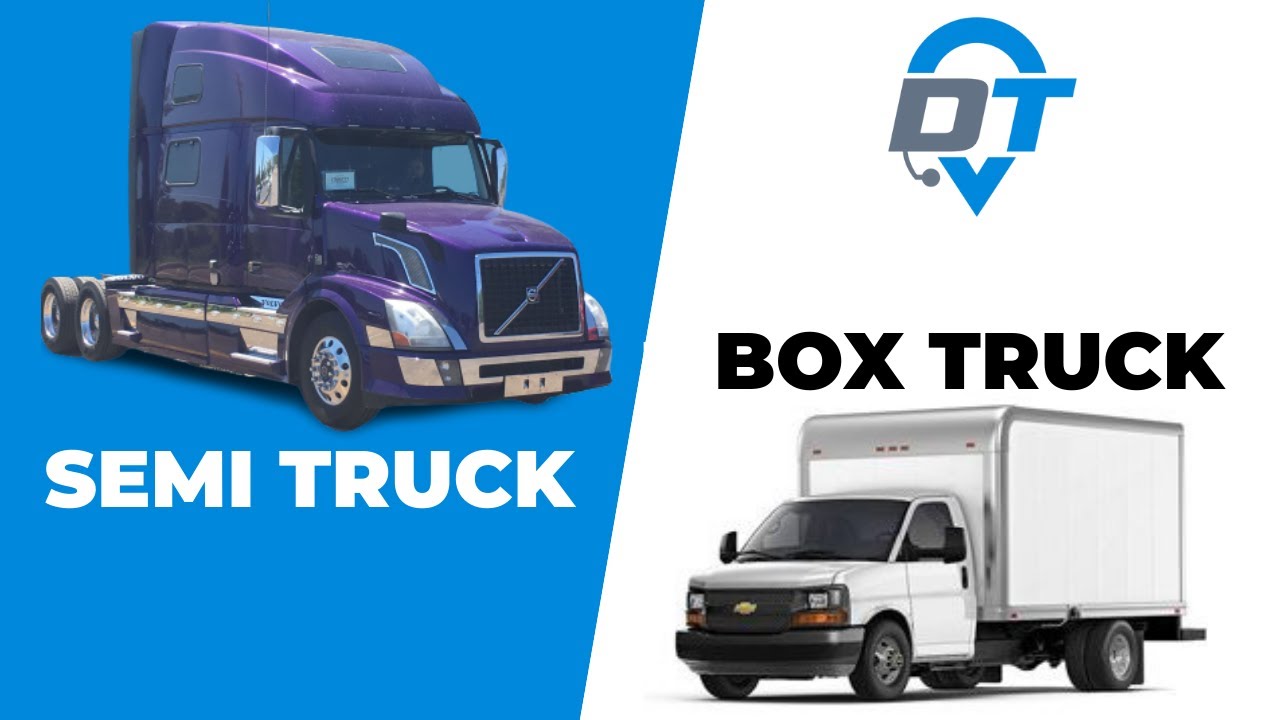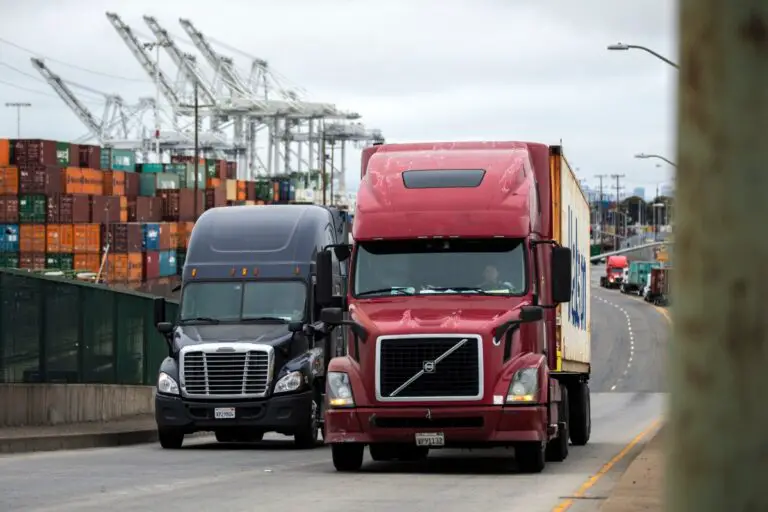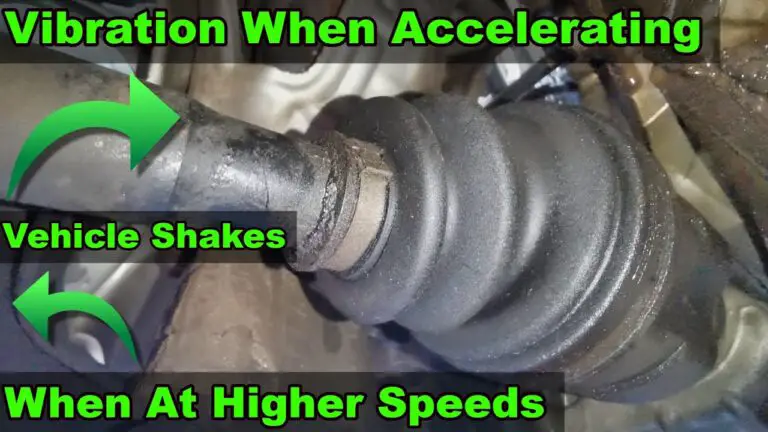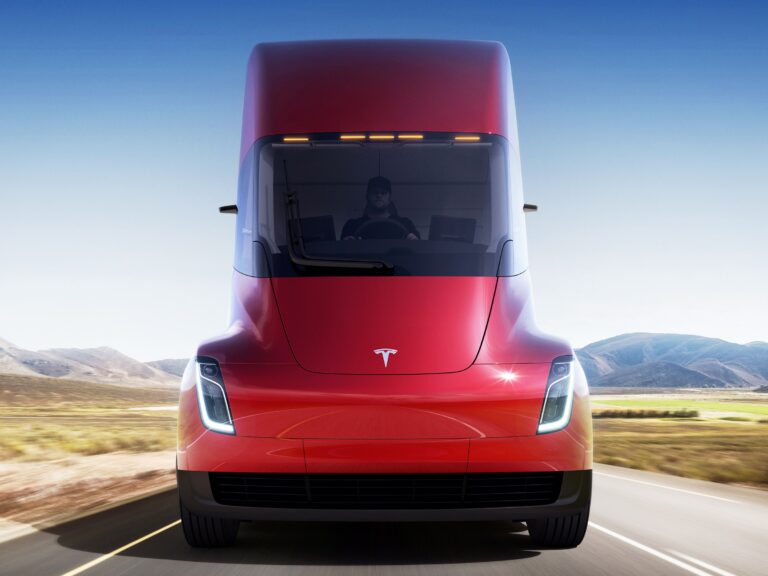
A semi truck is a tractor-trailer combination, while a box truck is a single-unit vehicle used for local deliveries. Each type of truck has its own advantages and is suited for different purposes.
Semi trucks are more commonly used for long-haul transportation of goods, while box trucks are better suited for local deliveries and for smaller loads. Understanding the differences between the two types of trucks can help businesses choose the right option for their specific transportation needs.
We will compare the features, uses, and advantages of semi trucks and box trucks to help you make an informed decision when it comes to selecting the right vehicle for your transportation requirements.
Navigate As You Want: [show]
1. Size And Capacity Differences
When comparing semi trucks and box trucks, it’s important to consider their size and capacity differences. The dimensions of a semi truck are typically larger than those of a box truck. Semi trucks are designed to tow trailers and can measure up to 70 feet in length, while box trucks range from 10 to 26 feet. As for payload capacity, semi trucks have a much higher capacity compared to box trucks. They can carry loads weighing up to 80,000 pounds, whereas box trucks typically have a payload capacity of 6,000 to 26,000 pounds. It’s worth noting that the specific dimensions and payload capacity may vary depending on the make and model of the truck. These differences in size and capacity make each type of truck suitable for different purposes such as long-haul transportation or local deliveries.

Credit: www.lawrencesignup.com
2. Design And Construction
2.1 Cab Configuration
Semi trucks typically have a separate engine compartment and a cab that sits on top of the engine, offering good visibility and aerodynamics. On the other hand, box trucks have an integrated cab and cargo area, resulting in less streamlined design.
2.2 Cargo Box Design
Box trucks feature a single, enclosed cargo area with a square or rectangular shape, providing ample space for goods. In contrast, semi trucks usually transport goods using detachable trailers, offering flexibility for different types of cargo and haulage.
3. Usage And Application
Semi trucks are often used for long-distance hauling due to their large fuel tanks and comfortable cabins for drivers. They are well-suited for transporting goods over vast distances without frequent stops, making them ideal for cross-country deliveries.
On the other hand, box trucks are commonly utilized for local deliveries within cities and towns. Their compact size allows for easy maneuverability through urban streets and tight loading docks, making them efficient for distributing goods to businesses and consumers in urban areas.

Credit: www.youtube.com
4. Fuel Efficiency
4. Fuel Efficiency
One of the key factors to consider when comparing semi trucks and box trucks is fuel efficiency. This plays a crucial role in determining the long-term operational costs of the vehicles.
4.1 Aerodynamics
Aerodynamics plays a significant role in the fuel efficiency of both semi trucks and box trucks. The sleek design of semi trucks allows for smooth airflow, reducing drag and improving efficiency. On the other hand, box trucks typically have a boxy shape, which can create more drag and hinder fuel efficiency.
4.2 Engine Efficiency
The engine efficiency is another important aspect to consider in terms of fuel consumption. Semi trucks often have larger and more powerful engines, designed to haul heavy loads over long distances. This can result in lower fuel efficiency compared to box trucks, which typically have smaller engines and are designed for shorter routes and lighter cargo.
5. Safety Considerations
|
Safety is of paramount importance when comparing semi trucks and box trucks. In terms of handling and stability, semi trucks have a distinct advantage due to their design and size. The long wheelbase and low center of gravity make them more stable, especially when carrying heavy loads. On the other hand, box trucks may be more prone to tipping over, especially during turns or on uneven terrain. Another safety consideration is visibility and blind spots. Semi trucks have larger blind spots compared to box trucks due to their longer length and higher cab height. This makes it crucial for semi truck drivers to be extra vigilant and rely on side mirrors and blind spot detection systems. Box truck drivers, however, have better visibility and smaller blind spots, making it easier to maneuver and detect surrounding vehicles. |

Credit: www.facebook.com
Frequently Asked Questions Of Semi Truck Vs Box Truck
How Is A Semi Truck Different From A Box Truck?
A semi truck, also known as a tractor-trailer, consists of a separate cab and trailer, allowing for longer hauls and larger cargo capacities. On the other hand, a box truck is a single unit with the cab and cargo area in one body, making it ideal for local deliveries and smaller loads.
What Are The Advantages Of Using A Semi Truck?
Semi trucks offer several advantages, including their ability to haul larger loads, travel long distances, and navigate highways more efficiently. Additionally, their detachable trailers allow for easy loading and unloading, making them a preferred choice for transporting goods across the country.
When Should You Choose A Box Truck Over A Semi Truck?
A box truck is a better option when you need to make frequent stops and deliveries within a city or town. Its compact size and maneuverability make it easier to navigate urban areas with narrow streets and limited parking spaces.
Additionally, box trucks are more cost-effective for smaller loads and shorter distances.
What Are The Challenges Of Driving A Semi Truck?
Driving a semi truck comes with its set of challenges. Maneuvering through crowded traffic can be daunting, and parking in tight spaces requires skill and patience. Additionally, long-haul drives can be tiring, and adverse weather conditions pose increased risks. Proper training and experience are essential for safely operating a semi truck.
Conclusion
When comparing semi trucks and box trucks, it is evident that both have their advantages and disadvantages. Semi trucks offer greater hauling capacity and long-distance capabilities, while box trucks are more maneuverable and suitable for smaller deliveries. Ultimately, the choice between the two depends on the specific needs and requirements of the business.
Careful consideration of factors such as size, weight, cost, and accessibility is crucial in making an informed decision. Happy trucking!




